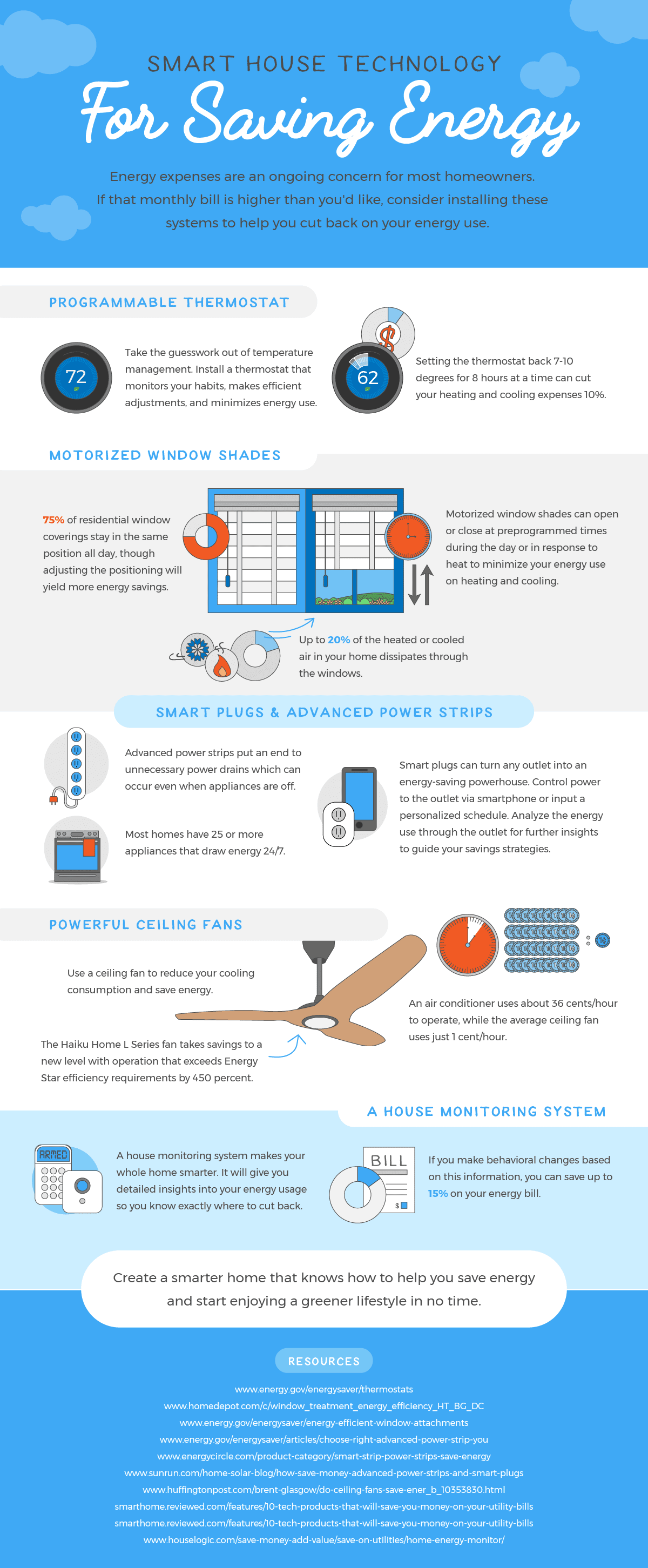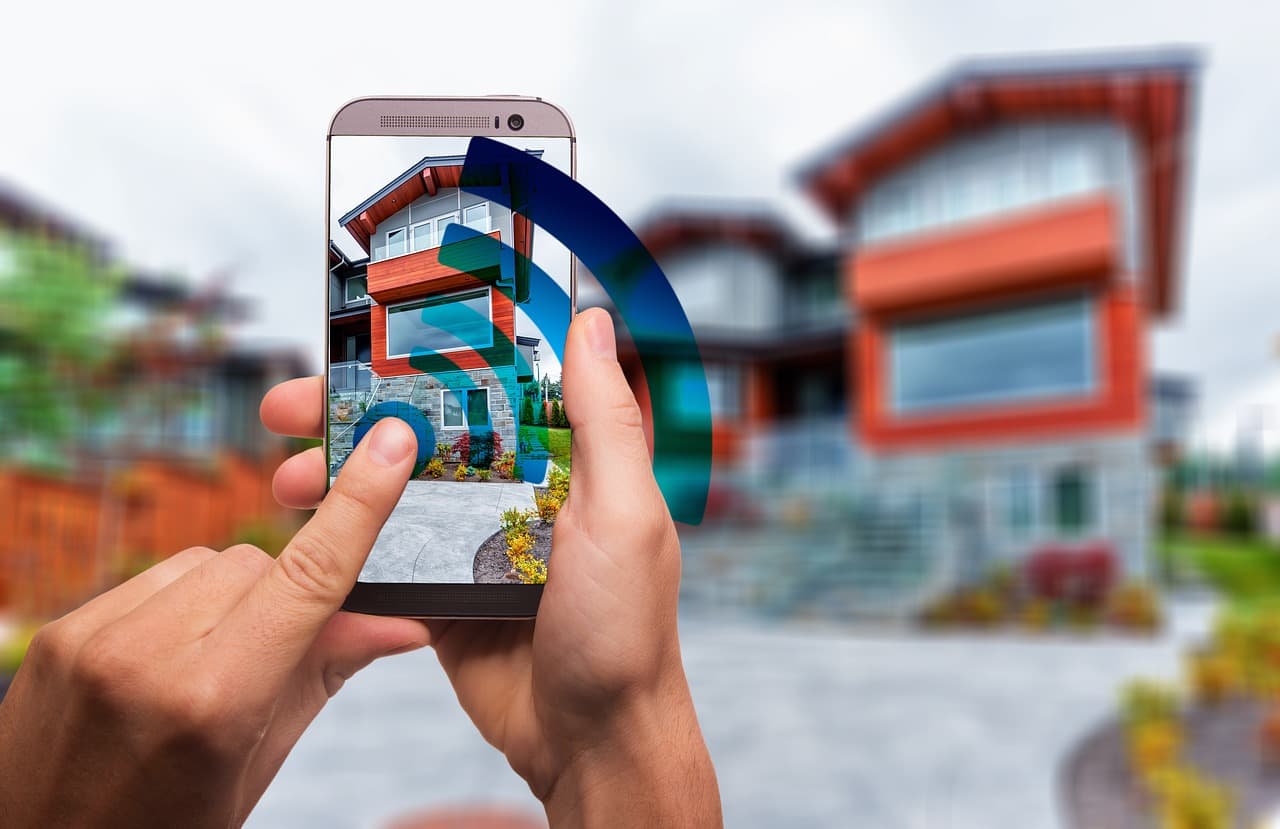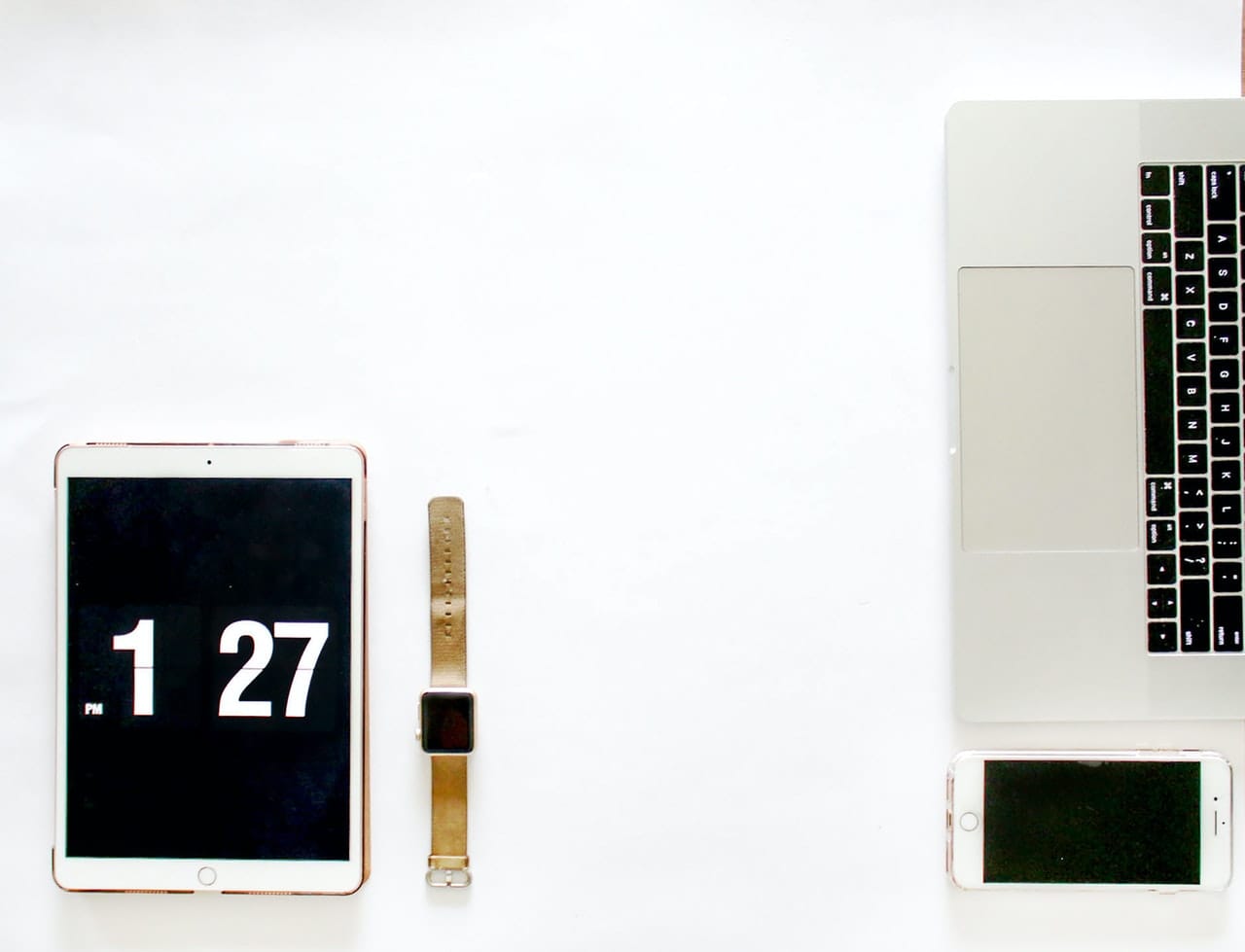The price of electricity has risen steadily from year to year, according to the U.S. Energy Information Association. In 2008, residential electricity cost 11.26 cents per kilowatt-hour. By 2017, American households paid 12.90 cents per kwh on average. This increase may seem small, but with the average American household using an average of 897 kwh of electricity every month, this incremental increase adds more than $176 to our annual power bills. You don’t have to simply accept the power increases; offset them with clever energy-saving smart home technology. The market is currently flooded with smart home technology, from programmable thermostats to motorized window shades, that can help you improve your home.
Since they’re smart, you don’t need to worry about a myriad of different controllers. Instead, you can manage these appliances from your smartphone. In other words, you can control them from within your home or remotely, anywhere you have a Wi-Fi connection. This convenience is a benefit when your routine changes. For example, if you’re eating out rather than coming home straight home from work, simply adjust your smart thermostat from your phone. Your home will be comfortable, and you won’t have wasted power while you were enjoying your restaurant meal.
While upgrading your existing technology to smart home appliances requires an initial investment, the energy savings you’ll make will help you quickly recoup your costs. Browse through the infographic below to learn more about the best smart home appliances and how much energy they can help you save.










